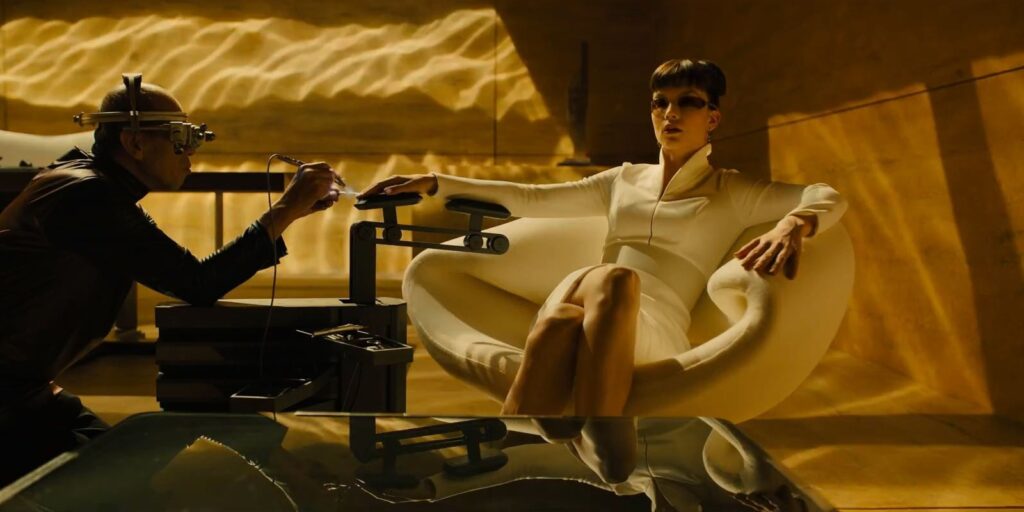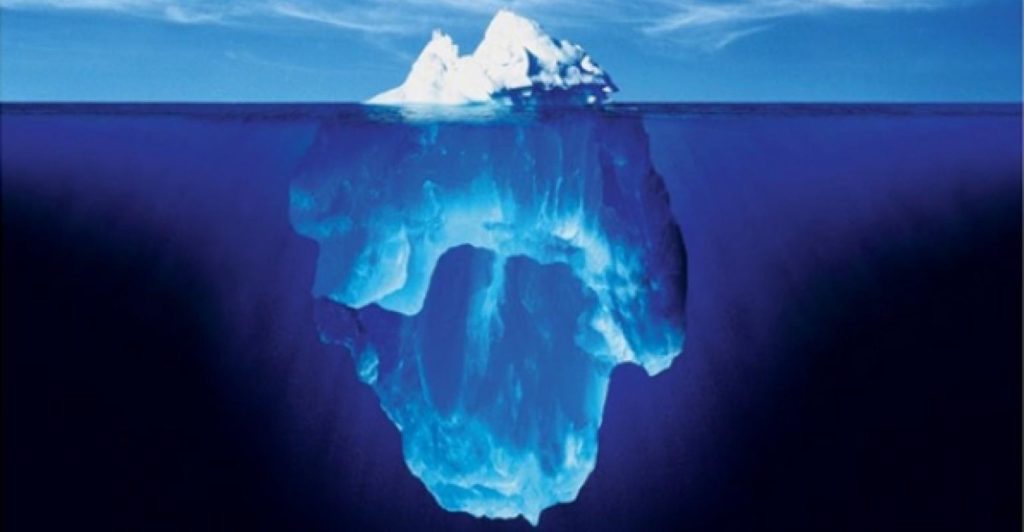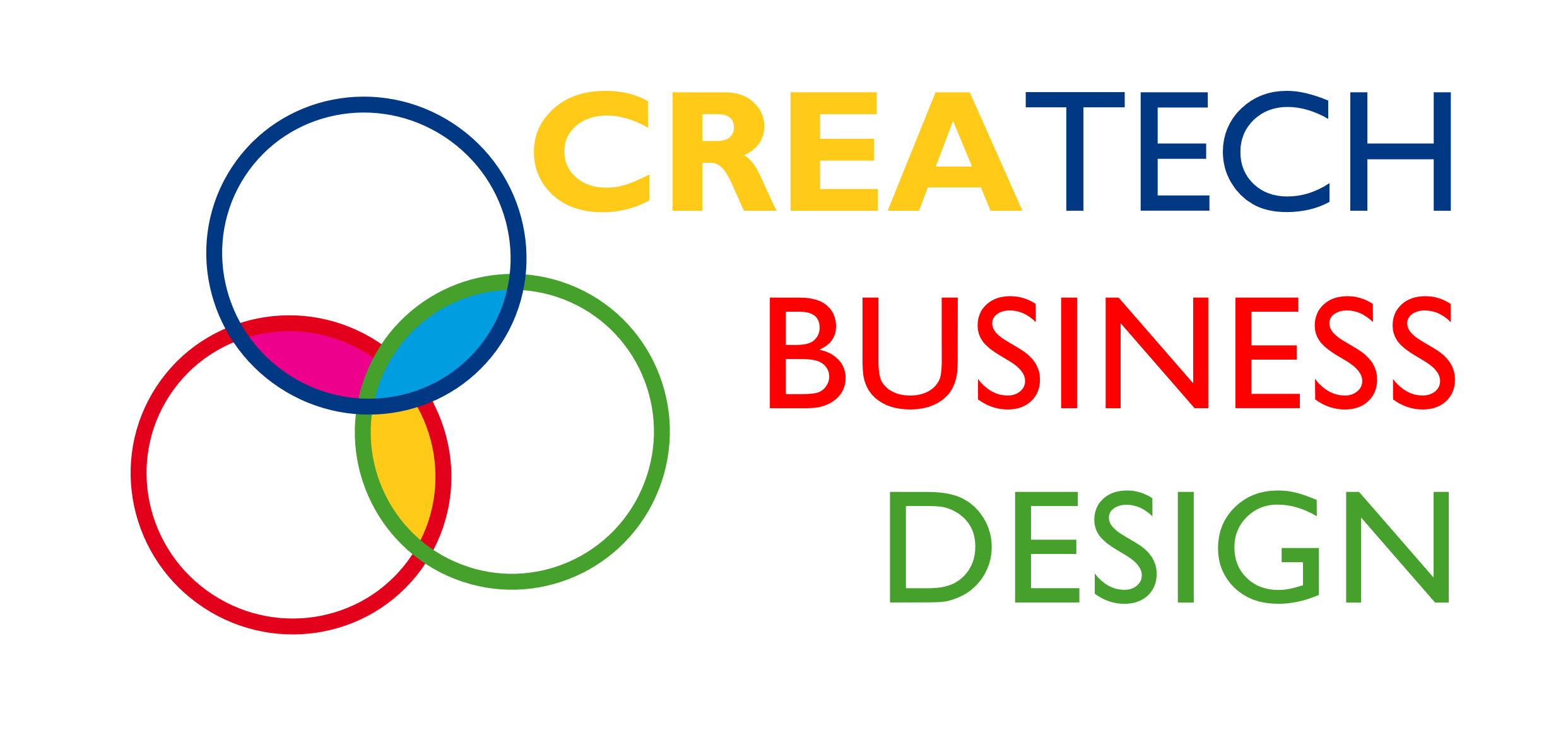CREA TECH HUB
EUROPE <–> ASIA
LONDON <–> PARIS
BLOG
The Imaginal Power of Movies & Visual Effects
This spring has been a rich season of cinematic exploration, where I’ve immersed myself in the imaginal power of movies and visual effects. From rediscovering acclaimed films of the 95th Academy Awards to anticipating the 76th Cannes Film Festival, I’ve found myself captivated by how visual storytelling shapes our perception of reality and possibility.
In this mood, I’ve launched a new publication I call ‘The MooDvies IMAGINAList’: a personal journey into Cinematic Futures through my Top Films, with a focus on stories that stir our imagination. This complements my ongoing publication ‘The CREAtive TECHnologist’, which explores the intersection of creativity and technology, from Artificial Intelligence (AI) and Extended Reality (XR) to Visual Effects (VFX).
VFX Voice From AI to Virtual Production and the ‘The Everything Bagel’
To begin this journey, I’ve found an inspiring community in the Visual Effects Society (VES). The society hosts exclusive screenings and networking events in hubs like Los Angeles and London, and publishes VFX Voice, a magazine offering industry insights. The Spring 2023 edition, in particular, explored the paradigm shift brought by Virtual Production (VP) and how studios are redefining workflows in an increasingly hybrid world.
Naturally, the publication also addressed the rising role of generative AI in art, from industry protests to the deeper questions around authorship and authenticity. For a complementary perspective, I recommend reading WIRED’s argument that the rise of AI will make human Art more valuable.
VFX Voice also spotlighted the winners of the VES Awards, most notably Avatar: The Way of Water, which, as many anticipated, went on to win the Academy Award for Best Visual Effects just three weeks later. Equally remarkable was Everything, Everywhere, All at Once, the breakout film that claimed seven Oscars at the 95th Academy Awards. Despite working with a budget nearly ten times smaller than James Cameron’s epic, the film delivered innovative VFX that captivated both audiences and critics.
These movies demonstrate how imagination, from the VFX of big productions to indie movies, can reveal simple facts about our human nature, family, friendship, and love through sci-fi while acknowledging the immense possibilities and absurdity of our condition in this world. ‘The Everything Bagel’ may have become a cultural icon, revealing our search for meaning and love.

This spring also took me to the Science Fiction Film Festival at the Science Museum, where I joined immersive IMAX screenings and thought-provoking panels for a ‘Voyage to the Edge of Imagination’. Highlights included the panels Building Sci-Fi Worlds with Paul Franklin (Oscar-winning VFX Supervisor of Inception and Interstellar), and How to Build an Android, which explored the legacy of Blade Runner and the evolving conversation around AI.
Imagining the Design Futures of Work, Space, and Species with Visual Effects
As we re-enter the age of space exploration toward the Moon, Mars, and beyond, films and series like The Expanse (with VFX by Rocket Science) reignite our collective imagination. This mirrors the visionary legacy of 2001: A Space Odyssey, made during the Apollo era.
In this tradition, Christopher Nolan’s commitment to practical and accurate VFX, such as the collaboration between DNEG and Nobel laureate Kip Thorne on Interstellar, extends cinematic visuals into realms of genuine scientific insight. Their work on simulating gravitational lensing by spinning black holes was not only visually stunning but also scientifically groundbreaking, contributing to the publication of two peer-reviewed research papers.

Sci-fi films and visual effects offer a powerful starting point for imagining the Design Futures of work, space, and species itself, what I call ‘WQrksPÆCE Futures.’ As design futurists, we can envision these futures through architecture, (bio)engineering, and autonomous systems, rethinking how we build and operate in space and extreme environments on Earth without compromising the planet’s climate or biodiversity, thanks to the bioeconomy and hydrogen revolutions.
Business Solutions for Digital Wealth, Health, and Care From Sci-Fi to Product
Blade Runner 2049 stands as another powerful sci-fi vision, with John Nelson — Overall VFX supervisor on the Academy Award-winning production. He led a global collaboration across DNEG, Framestore, and six additional VFX studios to bring its dystopian world to life. Both Ridley Scott’s original and Denis Villeneuve’s sequel, each interpreting Philip Dick’s novel in their own moods, explore the status of being a person in the advent of artificial general intelligence (AGI).
In this context, humanoid robots serve less as literal forecasts and more as powerful metaphors, mirroring our evolving cyber identities, the rise of personalised medicine, and the emergence of AI-powered assistants. They reflect our fascination with sentience, control, and, ultimately, our enduring desire for power, legacy, and even immortality.

From this other angle, sci-fi films and visual effects also serve as imaginative springboards for business solutions in the realms of digital wealth, health, and care, what I call ‘W3althCARE Solutions.’ As business solutionists, we can translate these speculative ideas into actionable strategies through product management and (bio)marketing, harnessing the potential of AI and XR to enhance human performance guided by values that preserve not only our well-being but also our autonomy and freedom.
Telling the Truth Through Fiction: The Power (and Risk) of the Imaginal
As V for Vendetta suggests, “Fiction is the lie through which we tell the truth.” This serves as a reminder that we must remain aware that the imaginal power of movies and visual effects can also be used as a tool for propaganda or, at the very least, cultural homogenisation.
That’s why diversity in cinema matters more than ever, offering us a rich array of images, stories, and even revolutions that reflect the complexities of our times. The recent Hong Kong Film Festival UK, for instance, reminds us of cinema’s imaginal power to raise difficult questions about identity, migration, and artistic freedom.
Looking ahead, the second phase of The MooDvies IMAGINAList will explore emerging mediums for storytelling and moving images as moviemaking and gamemaking are converging through AI-generated content and Extended Realities. Nevertheless, we must reaffirm human creativity as an imaginal power in the face of growing challenges such as deepfakes and synthetic media.
Mindful Technology Leadership for Tomorrow’s Moonshots
This decade witnessed a profound shift in the technological landscape, one that might be remembered as the turning point of a new era of DeepTech: the great wave of innovation that encompasses a range of advanced technologies such as artificial intelligence (AI), synthetic biology, nanotechnology, and quantum computing.
As we embark on this new era, my thoughts immediately turn to the transition to an AI-driven society over the next ten years, and how we can ensure Designing a Mindful Tech Xperience that benefits humanity. Max Tegmark’s book, Life 3.0: Being Human in the Age of Artificial Intelligence, comes to mind as a guidebook for navigating the challenges and opportunities of this transition.
Moreover, the Quantum Future of Information Technology is an area of immense promise, with quantum computers projected to reach a million qubits and connect through a fully deployed quantum internet based on satellite constellations by 2030. As we consider the implications of these developments, it’s worth wondering if Europe can seize the opportunity to regain its technology leadership supporting the greatest DeepTech Minds to become a Quantonation and be more ambitious with a New Space Alliance.
 Photo of la Manche / the Channel between France and England taken by Thomas Pesquet during his last mission at the International Space Station sent by SpaceX’s Crew-2 for NASA, ESA & JAXA
Photo of la Manche / the Channel between France and England taken by Thomas Pesquet during his last mission at the International Space Station sent by SpaceX’s Crew-2 for NASA, ESA & JAXA
As we look towards the future, billionaire technology leaders are setting their sights on the next frontier of innovation, such as self-driving cars, hyperloop transportation, 6G satellite constellations, and space tourism, all expected to be commonplace by 2030. While returning to the moon is scheduled for 2025, Elon Musk is already looking beyond that, with a vision for a human mission to Mars that may drive tomorrow’s moonshots.
French astronaut Thomas Pesquet, who joined the International Space Station last year as part of SpaceX’s crew-2 mission, is now involved in the US NASA-led Artemis program for lunar exploration, in which the European Space Agency (ESA) is also participating. However, Europe faces the risk of falling behind in the race for lunar exploration, as the US and China are currently competing with two leading lunar exploration projects. It’s also worth wondering: “can Europe compete in the quantum ‘space race’?
France is keeping pace with the traditional leaders in Europe and even pushing ahead in some areas, thanks to the pioneering work of three Nobel Prize winners in physics on quantum research. Alain Aspect, a renowned quantum physicist whose work focuses on quantum entanglement and quantum simulators, has also been instrumental in advising entrepreneurs running the quantum rising star Pasqal, which may become the next French Tech champion.
Their quantum computers, along with others, are set to revolutionize life science and chemistry research, while the discovery of the mRNA molecule by three French Nobel Prize winners in 1965 was a fundamental breakthrough that enabled the rapid development of COVID-19 vaccines. With quantum computing and mRNA, the Crispr gene-editing pioneered by Emmanuelle Charpentier and Jennifer Doudna is poised to become tomorrow’s moonshot in the treatment of diseases such as cancer, HIV, multiple sclerosis, and many others by 2030.
The Future of Life in the Universe still holds many secrets, but we have high hopes for the James Webb Telescope en route to discover the origins of the Universe and study exoplanets. In addition, we can anticipate more groundbreaking discoveries in nuclear research at CERN, where Sir Tim Berners-Lee invented the World Wide Web in 1989. From Web 3.0 to Life 3.0, it is important to be mindful of emerging technologies and to embrace tomorrow’s moonshots while reducing existential risks.
This article is part of the Mindful Future Technology series with Designing a Mindful Tech Xperience and Quantum Future of Information Technology
The (Ethical) Paradigm shift of Fintech and Blockchain
Finance and Technology are interlinked and evolve together in the perspective of the Evolution of Fintech. The last paradigm emerged in 2008 following the financial crisis based on the widespread use of information technology and the need for regulatory innovation. The same year, a paper titled Bitcoin: A Peer-to-Peer Electronic Cash System was published by the unknown Satoshi Nakamoto, who created the well-known cryptocurrency, one of the first use cases of blockchain technology. One may wonder if this paradigm shift is an incremental evolution of Fintech or a more disruptive revolution similar to nuclear power or electricity.

If we look at some ethical considerations, blockchain gives rise to several issues in terms of security, privacy, efficiency and the integrity of the system itself, and the risk of crime and oppressive conduct that a mediating institution would otherwise offset. Those issues are only the emerged part of the iceberg of blockchain ethics which is a broader quest to redefine the value of our society since blockchain technology is changing the nature of money and organisations. In this way, we shouldn’t only consider the risks brought by the technology and the opportunity of blockchain for good based on evolved moral principles.
Fintech and blockchain are paradigm shifts in our society, with other technologies that include artificial intelligence and big data. Alone this paradigm is an evolution of Fintech. But combined with AI and cybernetics, this paradigm shift is a cognitive revolution that may either decentralise the power of monopolies or control the decentralised power of people. That’s why blockchain ethics should examine what the technology can do and ponder the potential consequences like the control of nuclear power that led to the atomic bomb or the electricity that led to the electric chair for the death penalty.
This article is part of the Ethics of Fintech & Blockchain series with the 5 key principles of digital currencies and cryptocurrencies and Are Digital Currencies the new Technological Power?
